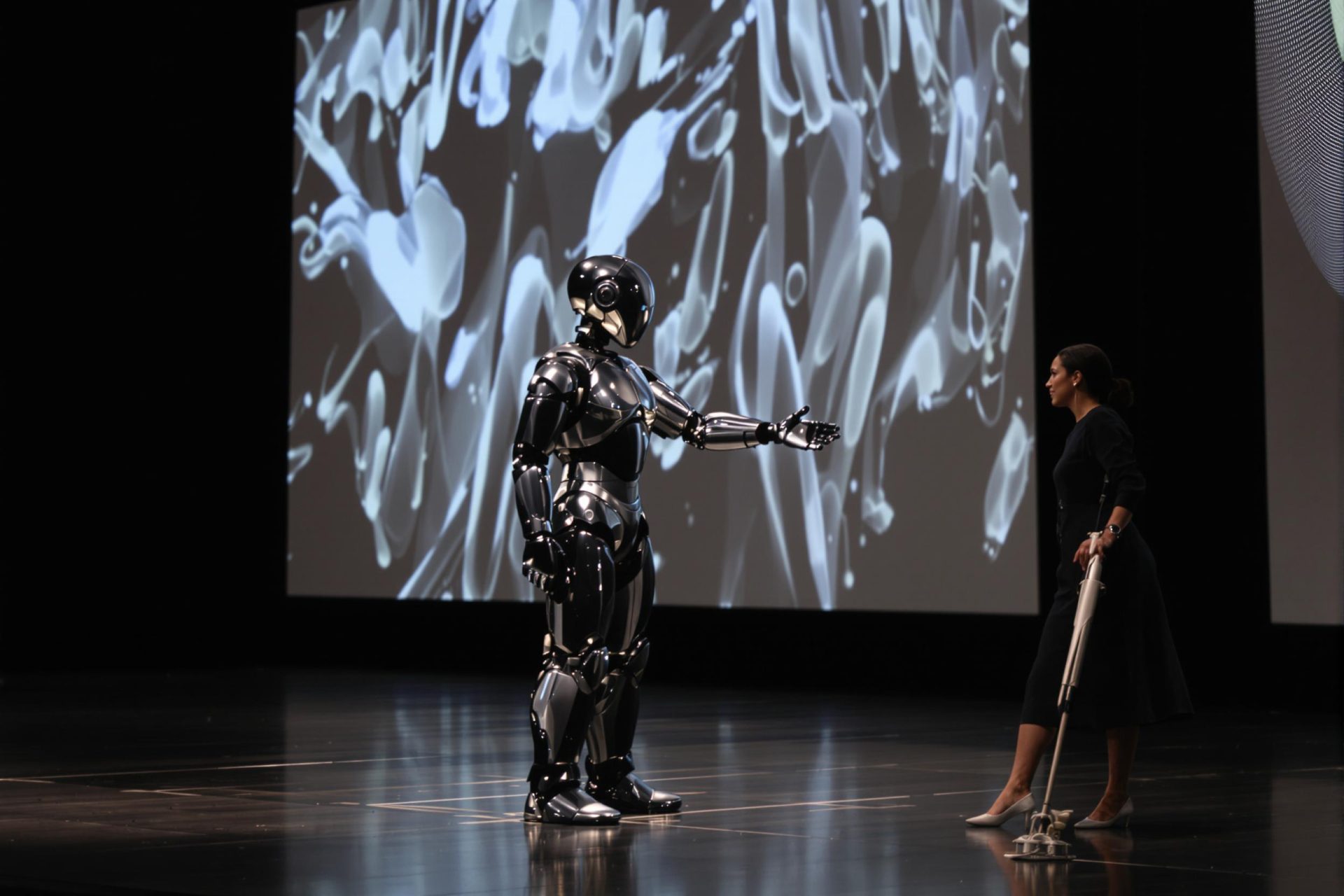Key Takeaways
- Humanoid robots are emerging as a significant investment trend, fueled by breakthroughs in AI, materials science, and robotics.
- These robots offer potential solutions for labor shortages, efficiency gains, and cost savings across many industries.
- Unlike specialized industrial robots, humanoids can work in human environments and adapt to various tasks.
- Advanced AI, including computer vision and language processing, is making humanoids smarter and more interactive.
- Improvements in materials and components are enhancing their physical abilities, making them stronger and more agile.
- Major R&D investments from tech giants like Tesla, Google, and Amazon are boosting industry confidence.
- Despite challenges like integration costs, safety, and ethical concerns, the technology’s progress seems unstoppable.
The tech world often gets swept up in hype, from dot-coms to crypto and AI. Now, a new wave is building around humanoid robots, positioning them as an exciting area for investment.
Thanks to progress in artificial intelligence, materials, and robotics, robots that look and act like humans are moving from sci-fi concepts to reality. They promise to reshape industries like manufacturing, logistics, healthcare, and even entertainment.
A key advantage is their design. Built to resemble people, they can navigate and use spaces already designed for us – think warehouses, offices, homes, and cars.
So why the buzz right now? Businesses across sectors are looking for ways to boost efficiency, cut costs, and tackle labor shortages. Humanoids offer flexibility that traditional, task-specific robots can’t match.
Factors like aging populations and rising wages in demanding sectors are pushing companies toward automation. Humanoids can take on physically tough or repetitive jobs where finding reliable human workers is getting harder.
These aren’t clunky machines; modern humanoids run on sophisticated AI. This allows them to learn, adapt, and handle complex situations. Computer vision helps them see and navigate, while natural language processing lets them understand spoken commands.
As AI gets smarter, these robots will become even more capable and versatile, opening up new possibilities for their use.
Physical capabilities are also improving fast. New lightweight yet strong materials, alongside better actuators, sensors, and batteries, make humanoids more mobile, agile, and energy-efficient.
Investor interest is growing, with significant funding flowing into humanoid projects, as noted by Forbes Business Council. While general robotics ETFs exist, specific humanoid-focused funds may appear soon.
Market forecasts are optimistic. Analysts from firms like Morgan Stanley, Goldman Sachs, and ARK Invest predict substantial growth in the humanoid market over the coming decades.
Heavy investment from tech leaders like Tesla, Google, Nvidia, and Amazon signals strong confidence and could trigger wider investment growth.
Humanoids also capture the public imagination, featuring prominently in popular culture. This familiarity could create a positive feedback loop, driving demand and attracting more capital.
It’s important to remember that humanoids are part of a larger tech ecosystem, connected to advances in AI, IoT, 5G, and computing. This creates opportunities for collaboration and innovation.
However, challenges remain. Integrating humanoids into existing workflows requires planning, training, and maintenance, which can be costly and disruptive. High R&D costs and achieving mass production affordably are hurdles for manufacturers.
Ensuring the safety of humans working alongside robots is crucial. Ethical questions about privacy, autonomy, and decision-making also need addressing, and regulations are still evolving.
Despite these hurdles, the momentum behind humanoid robots seems strong. They represent a compelling mix of advanced technology and growing market need, making them a prime candidate for the next major investment focus.



